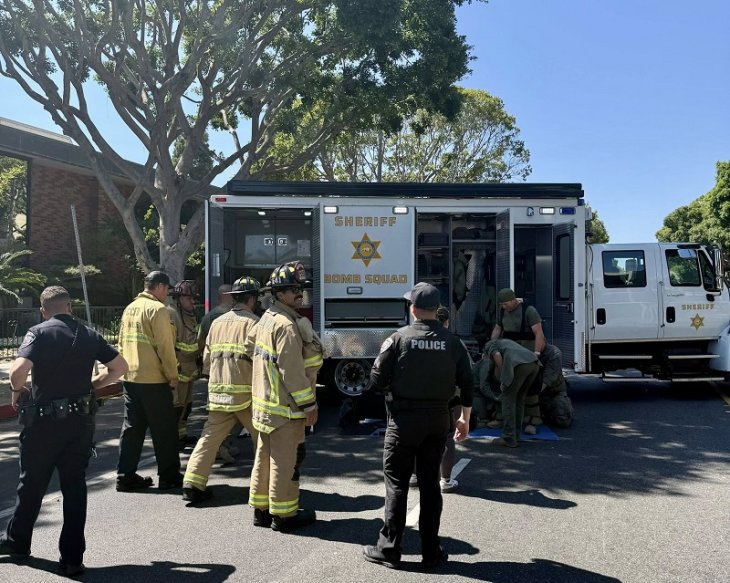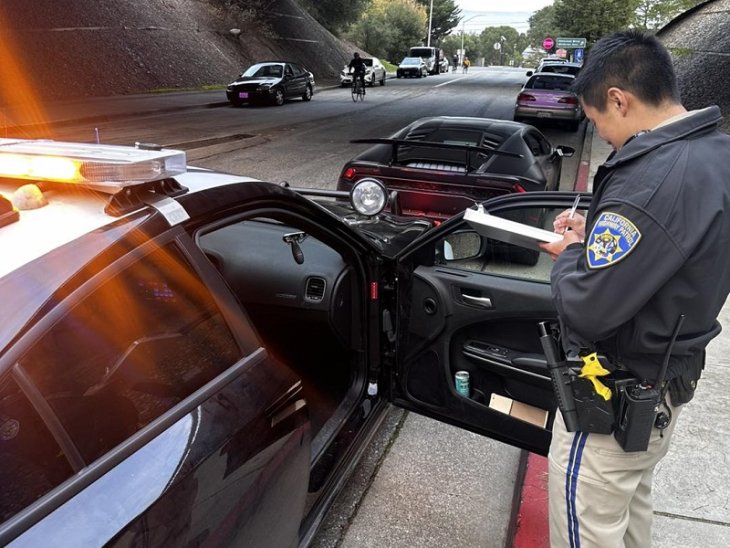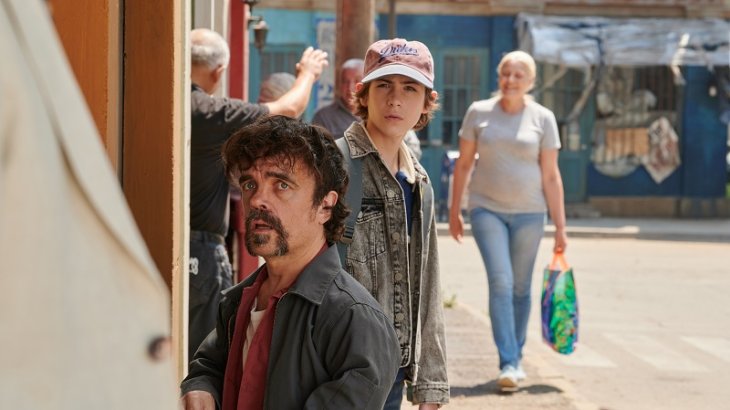
The Board of Supervisors voted 3-1 on May 6, with one member abstaining, to approve a nearly $2 billion plan to raze and rebuild Men’s Central Jail and build a campus-like women’s jail at the former Mira Loma Detention Center.
Supervisor Zev Yaroslavsky, who represents the Westside region, was the sole vote against.
Civil rights advocates and community activists denounced the project as an expansion of an inhumane system, while the board and its consultants presented it as a modern approach to criminal justice, with an emphasis on addressing inmates’ mental health needs.
Rob Nash, project manager for Vanir Construction Management, Inc., said the project was designed “to treat the whole inmate.”
Community advocates said the new jail would do little to fix deplorable conditions.
“A new jail won’t prevent suicides. A new jail won’t ensure that county health officials provide proper diagnosis and treatment of mentally ill inmates. And a new jail won’t curb excessive use of force by Los Angeles County Sheriff’s deputies against mentally ill inmates,” the American Civil Liberties Union of Southern California and the group Dignity & Power Now said in a statement.
Asst. Sheriff Terri McDonald and Supervisor Michael Antonovich urged their colleagues to act now, warning that the U.S. Justice Dept. could step in to operate county jails. A DOJ probe into the treatment of mentally ill inmates is ongoing.
“If we don’t act, the choice will not be up to us … but a team of lawyers,” Antonovich said, acknowledging the costs were daunting, but pointed out that the county hasn’t hesitated on other public projects that cost $1 billion or more.
The new jail, to be called the Consolidated Correctional Treatment Facility, would have beds for 4,860 inmates, 548 fewer than Men’s Central Jail.
Opponents said the plans still amounted to a jail expansion, because most female inmates would be moved out of Century Regional Detention Center jail to a new 1,604-bed facility at Mira Loma in Lancaster, far from friends and family members.
To eliminate early releases, McDonald said the county needed 4,000 more jail beds.
As it is, overcrowding means women serve 10 percent of their sentence on average.
In some cases, inmates sleep in triple-stacked bunks and beds set up on the floor to make room for all the inmates.
Civil rights advocates argued that the county should be focused on diverting the mentally ill and low-risk drug abusers into community-based housing, as well as starting pretrial release programs and split sentences to reduce the number of inmates.
“Women and men who are no threat to anyone languish in violent L.A. County jails,” said Mary Sutton of Californians United for a Responsible Budget.
Kristina Ronnquist, a graduate student and social work candidate working with women on the psychiatric floors of the Century Regional Detention Facility, said some of her clients, nonviolent when entering jail for petty crimes, ended up refusing to eat, playing with piles of trash and their own waste. Some were abused by deputies and locked in solitary confinement, she said.
The Los Angeles County jail system amounts to the “largest mental health ward in the country,” with more than 3,000 inmates who suffer from mental illness, District Attorney Jackie Lacey told the board.
Supervisors Mark Ridley-Thomas and Zev Yaroslavsky called for more analysis of alternatives to incarceration.
“Keeping people out of jail who should not be in jail is the right thing to do,” Supervisor Mark Ridley-Thomas said. “There is no comprehensive and adequate approach to diversion.”
Department of Mental Health Department Director Marvin Southard said 1,200 would-be inmates have been diverted into mental health programs, and other department efforts were aimed at preventing arrests of the mentally ill.
But Lacey, who has assembled a new Criminal Justice and Mental Health Project task force, said much more could be done to reform an “unjust” system. She cited innovative programs she visited in Florida’s Miami-Dade County, Memphis, Tenn., San Antonio, Texas, and elsewhere.
“They’re so proud of their programs, they’re actually shutting down wings of their jails,” Lacey said. “Something very profound is going on.”
Peter Eliasberg of the ACLU of Southern California and others urged the supervisors to delay any decision until Lacey’s task force makes its recommendations in about four months, or until the DOJ concludes its investigation.
Eliasberg said the next sheriff would have no input on the decision.
“It’s going to be catastrophic if the Board of Supervisors decides on a new jail without the input of the new sheriff,” Eliasberg told the board. He said six of the seven candidates for sheriff oppose the new jail.
Yaroslavsky said he thought it was too late to derail the long- anticipated teardown of Men’s Central jail, but warned that the costs would increase significantly before the new downtown jail is completed in 2024.
“If you’re telling us it’s $2 billion today … it’s only going to go up,” Yaroslavsky said, adding he had been told that the costs could swing by 20 to 30 percent.
The board directed staffers to return in 60 days with more analysis on diversion programs and other alternatives to incarceration, as well as design specifications and a review of the costs for the project.
In addition to Yaroslavsky’s vote against the project, Ridley-Thomas abstained.
The vote to further investigate alternatives to incarceration was unanimous.





















